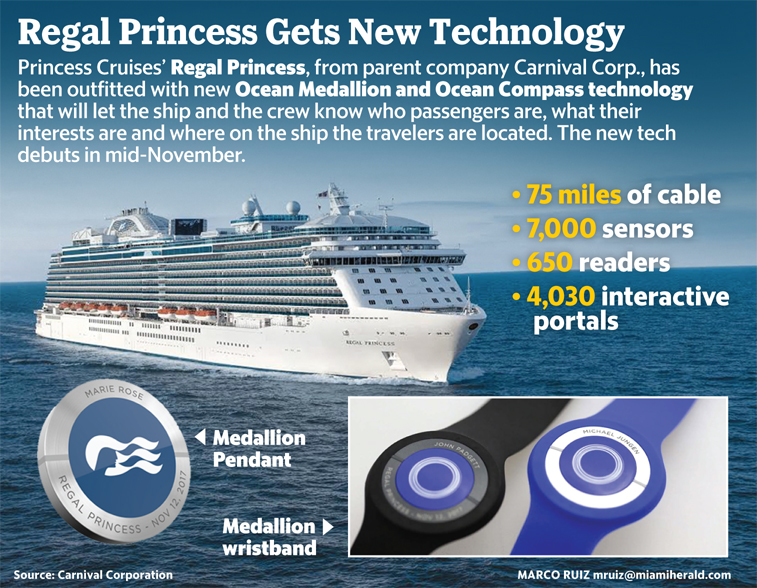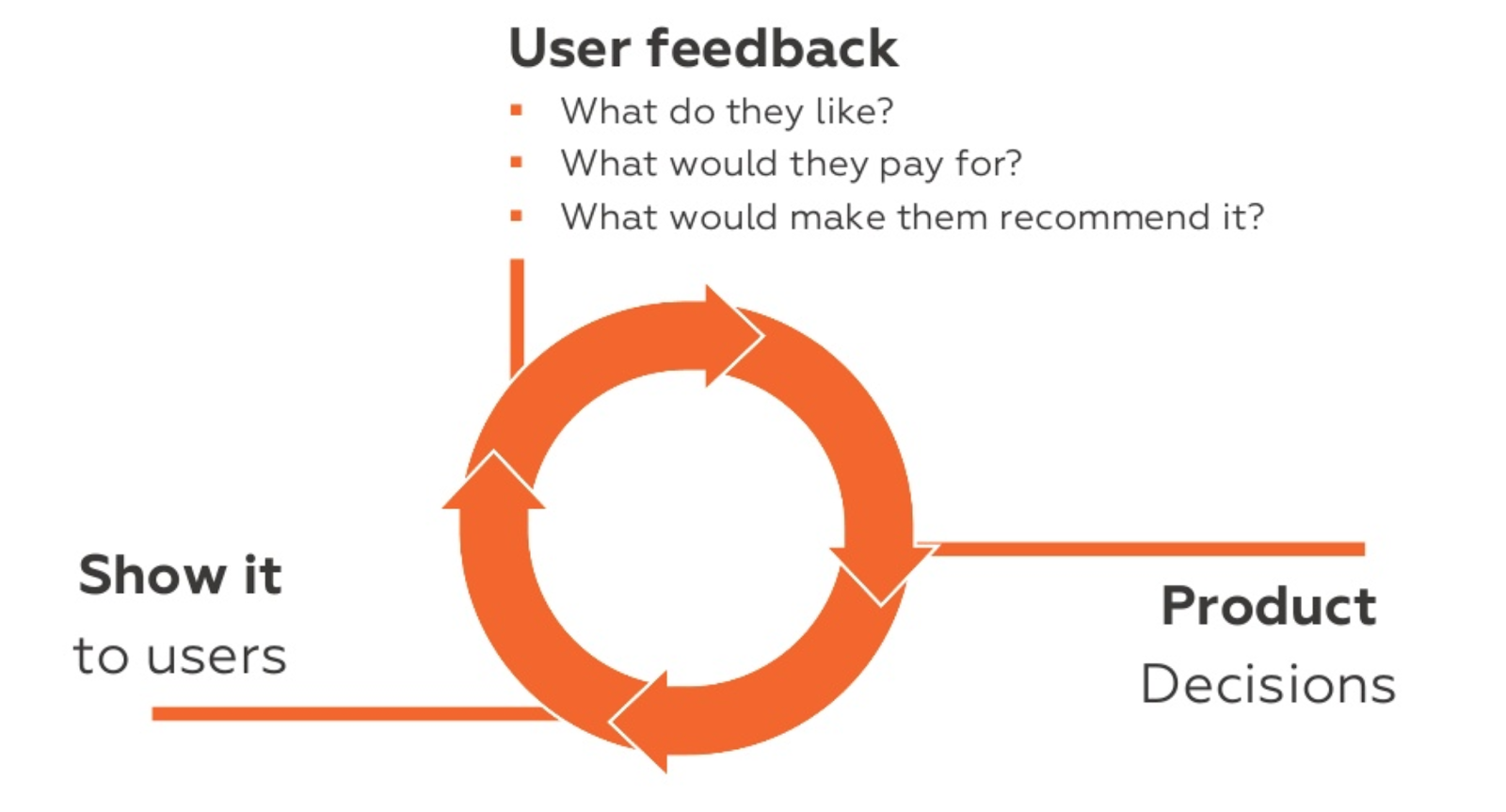

Digital transformation is one of those terms that has been taking the corporate world by storm for the past years. Like it or hate it, it’s here to stay. Here is proof from Google trends showing the growing popularity of the search term “digital transformation”:

There are some great examples of digital transformation already happening in industries that aren’t typically digital-first. In this article, we’ll look at some of these examples.
We’ll also review what traditional companies can learn from tech companies when it comes to digital strategy and disrupting themselves. The one resource that all companies (both tech and non-tech) already have is customer feedback. Turns out customer feedback can really propel digital transformation, and it’s easy to get started!
But first, I want to share a personal story from several years ago…
I still remember one time my husband and I travelled from New Zealand to Singapore with our two little kids. They were 7 months and 2.5 years old. We were on our way to do a European work and travel adventure and decided to spend a few days in Singapore.
After some sight-seeing we needed to get back to our hotel and we weren’t anywhere near public transport. We were trying to hail a taxi by standing on the side of the road. There were plenty of taxis, but they were zooming by our family, not wanting to deal with us. It was hot and humid, and we were exhausted. We felt helpless and frustrated. It took us 30 minutes to eventually find a taxi driver who didn’t mind the kids.

What does this have to do with digital transformation? Well, this is just one of the examples where the traditional way of doing things frustrates the heck out of people on a regular basis. A few years ago, the process of hailing taxis was ripe for digital transformation, you might have already guessed how.
But more about this later in the article.
Digital transformation is the process of enhancing or changing the traditional way of doing business through the use of technology. Here are some examples of digital transformation:
| Traditional way of doing business | Digitally transformed alternative | Benefits |
| Selling things in physical stores | Selling things online using eCommerce | Better business results: Can reach a wider audience of potential buyers and make it easy to order and receive the purchase. Better customer experience: More convenient for the buyers who can order from the comfort of their own homes with the same offerings regardless of where they are. |
| Ordering food at a fast-food store | Ordering online or at touch screen kiosks | Better business results: Does not require costly staff. Better customer experience: Shorter lines, more efficient payment |
| Marketing by using pictures of athletes and other famous celebrities online | Marketing by using influencers on social media like YouTube and Instagram | Better business results: More relatable people who have their own audiences that can be reached more easily. Better customer experience: Messaging that more accurately reflects their preferences |
| Book-keeping using ledgers | Online bookkeeping using software | Better business results: Less error prone and easier reporting |
As you can see, digital transformation affects entire industries, professions and all aspects of our everyday experiences.
Companies that haven’t been traditionally digital-first or have been slow at adopting technology, are now figuring out ways in which technology can help them both remain relevant, as well as grow faster and more sustainably.
According to IDC, 89% of companies have already adopted or have plans to adopt some form of digital transformation.
Let’s take as an example Princess Cruises. Is a cruise liner a tech company? The intuitive answer is no, since their industry is hospitality / travel. Except for their latest forays into digital transformation.

Princess Cruises is a great example of a company that embraced digital transformation. They created several digital products that enhance the experience of their passengers and make the job of their crew easier:
· Their Ocean Medallion can be used as a wristband or a pendant and allows passengers to easily open their rooms, pay for your drinks, and not get stranded or lost when onshore
· The Medallion app allows them to order drinks and food while on the cruise, view the schedule and get messages from the crew.

Welcome to 2020! A cruise liner is a tech company.
Interestingly, it goes the other way too. Traditional tech companies cannot be called tech companies anymore. Google and Facebook are advertising companies. AirBnB is a travel/hospitality company, or according to the founders, an “experiences” company. There are digital-first banks, who are a mix between a bank and a tech company. Etc.
It’s fair to say that technology is taking over the world. When one player in the space creates an innovative solution, customers soon expect the same innovation from others. And companies have no other choice than adopting the way tech companies operate:
Think of my taxi hailing experience with Singapore! It’s easy to imagine a 2x better experience: Only waiting a few minutes for an air-conditioned taxi with a friendly driver who knows the way to our hotel. A 10x experience would be to have a personal driver who was always nearby, wasn’t expensive and always knew where the traffic jams were. Ideally, he’d have snacks, water and ability to recharge phones. A 11x experience (for parents with small kids) would be a taxi driver who would have car seats for the children, a bottle warmer, spare diapers, enough space for a changing pad and a stroller.
If you have ever taken a Lyft or an Uber, you know that their current product experience is usually closer to 10x than to 2x.
How do tech companies come up with these innovations? They examine their own experiences, they talk to their customers, they build their products and they keep iterating.
Customer feedback is a critical part of this. Because it not only indicates issues that customers want fixed, but also whether during these iterations the complaints about the same issues still remain.
Another way in which tech companies transform existing processes is by constantly monitoring how well their products are adopted: Are customers using them? How often? Which parts? Which customers are benefiting from the product the most and find it more valuable? Are they happy? What’s missing?
Analytics is huge in the tech world! Usage analytics can be very granular. Customer feedback captured at the right moments enhances usage analytics. Focus groups can then be really focused on the specific moments you need answers for.
Successful tech companies are always focused on metrics that matter and what’s driving them.
Finally, tech companies are the ones who are the earliest adopters of solutions that make everything more scalable and efficient. This affects all aspects of operating a business:
· Talent and customer acquisition
· Employee and customer onboarding
· CRM
· Contracts and payments
· Messaging and ticketing
· Reporting and analytics
In fact, there are so many SaaS offerings that there is a new wave of startup that help you manage your subscriptions across the entire business.
So again, how does customer feedback fit into this?
The best products, and 10x experiences, are built by listening to customers, figuring out what their specific needs are and then building products that create experiences that are beyond the customer’s imagination.

How to Build a Startup by Sam Altman
By listening to customer feedback, companies can monitor what works and what doesn’t, iterate and improve as they keep innovating.
Customer feedback also helps create more scalable operations. For example, it has insights into why customers might be contacting your costly contact center. By fixing issues, you can continuously reduce the number of inbound calls and support requests.
But my company already has a Voice of Customer program! We get all the feedback we need.
Yes, most companies, even those who haven’t yet started their digital transformation, are already collecting customer feedback as part of their Voice of Customer program. But the way feedback is collected and what happens with it after is still lacking strategic thinking.
Some of the most common mistakes in collecting feedback happen when companies push customers towards providing feedback on what matters to them rather than what matters to customers.
When a customer has just called a call center, they are forced to provide feedback on the call center, whereas their feedback might be on the reason why they had to call in the first place. The customer wants to leave a comment explaining why the company screwed up and is now faced with a dilemma: give a high score so the agent doesn’t get into trouble or give a low score to make sure that the feedback gets escalated.
When a company asks for feedback, they ask people to rate their company on 10 attributes that matter to them rather than let customers talk on their topics of interest.
After sharing their feedback, customers hear a generic thank you, despite the fact that they just shared what they want to be fixed. They never hear back whether that specific issue was resolved.
When feedback is gathered, it sits in spreadsheets, scores aggregated into dashboard, and the commentary is presented without context, either as word clouds or as anecdotes.
Finally, even if you have the perfect insights, teams who are responsible to providing insights into customer feedback often struggle with being heard without the buy-in from the top.
All of these examples lead to a Voice of Customer program that is unlikely to drive digital transformation. Instead, customer feedback needs to be used in a strategic way:
1. To discover true pain points that customers have with your product or service by letting them speak in their own language
2. To gather feedback regardless of the channel in one place and make it accessible to everyone in the company, shortening the feedback loop
3. To continuously uncover business processes that fall below customer expectations
4. To trigger workflows that drive change and action on the feedback provided
5. To monitor whether customers have noticed the improvements you’ve made
6. To monitor whether actions resulted in less requests to support and customer care
7. To help you identify customers who love your product and market to them using their own language
8. To use customer feedback for segmenting customers by persona using what they really care about rather than their attributes
9. To provide personalized messaging that’s based on customer feedback
These are just some of the examples. Digital transformation is already happening, and with customer feedback used in the right way, it will happen faster.
In future articles we will be discussing the solutions, but if you’d like to find answers sooner, get in touch and I’d be happy to share what we learned from working with great brands that are thinking ahead on this topic.
Join the newsletter to receive the latest updates in your inbox.